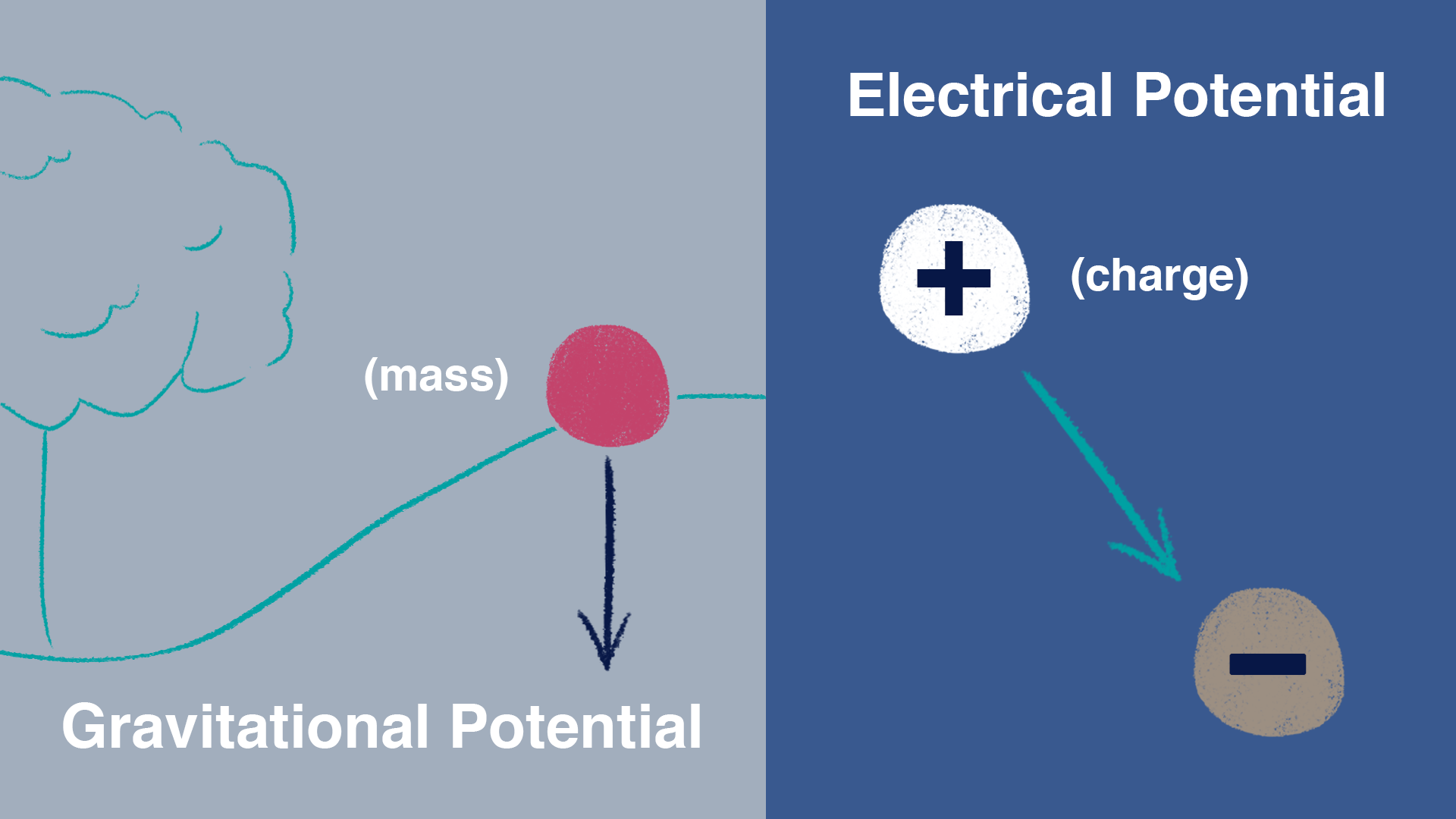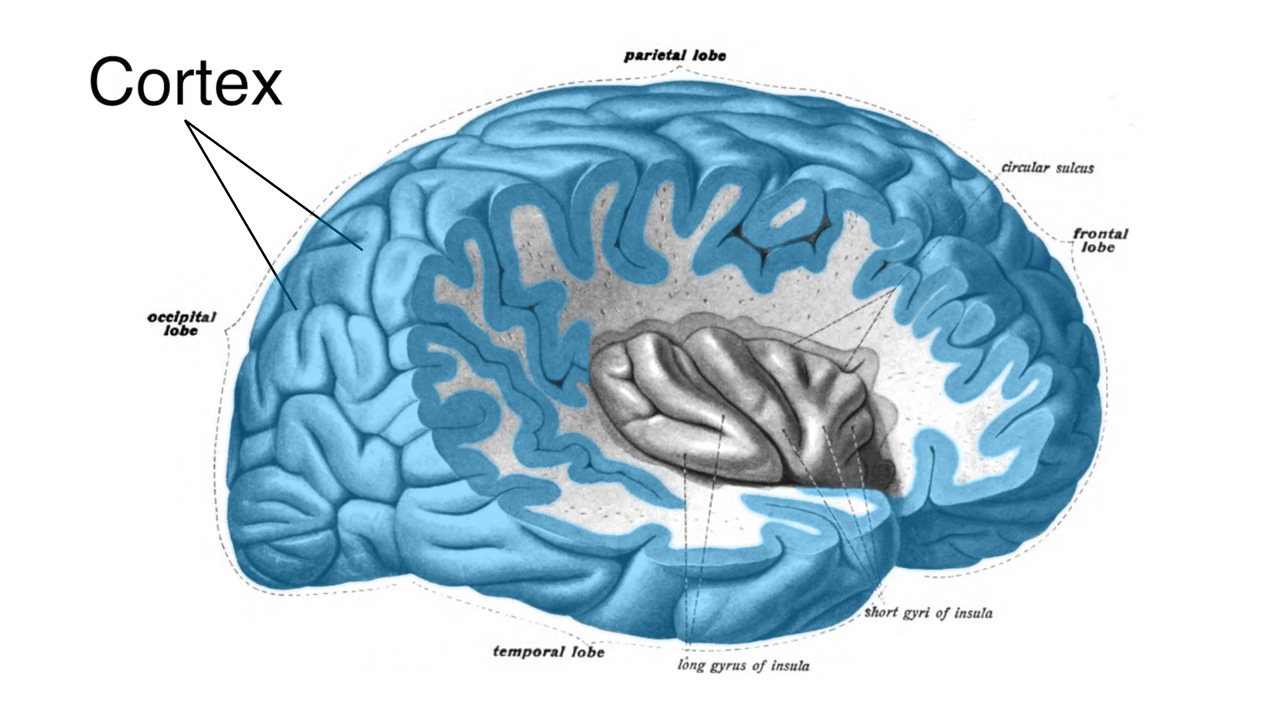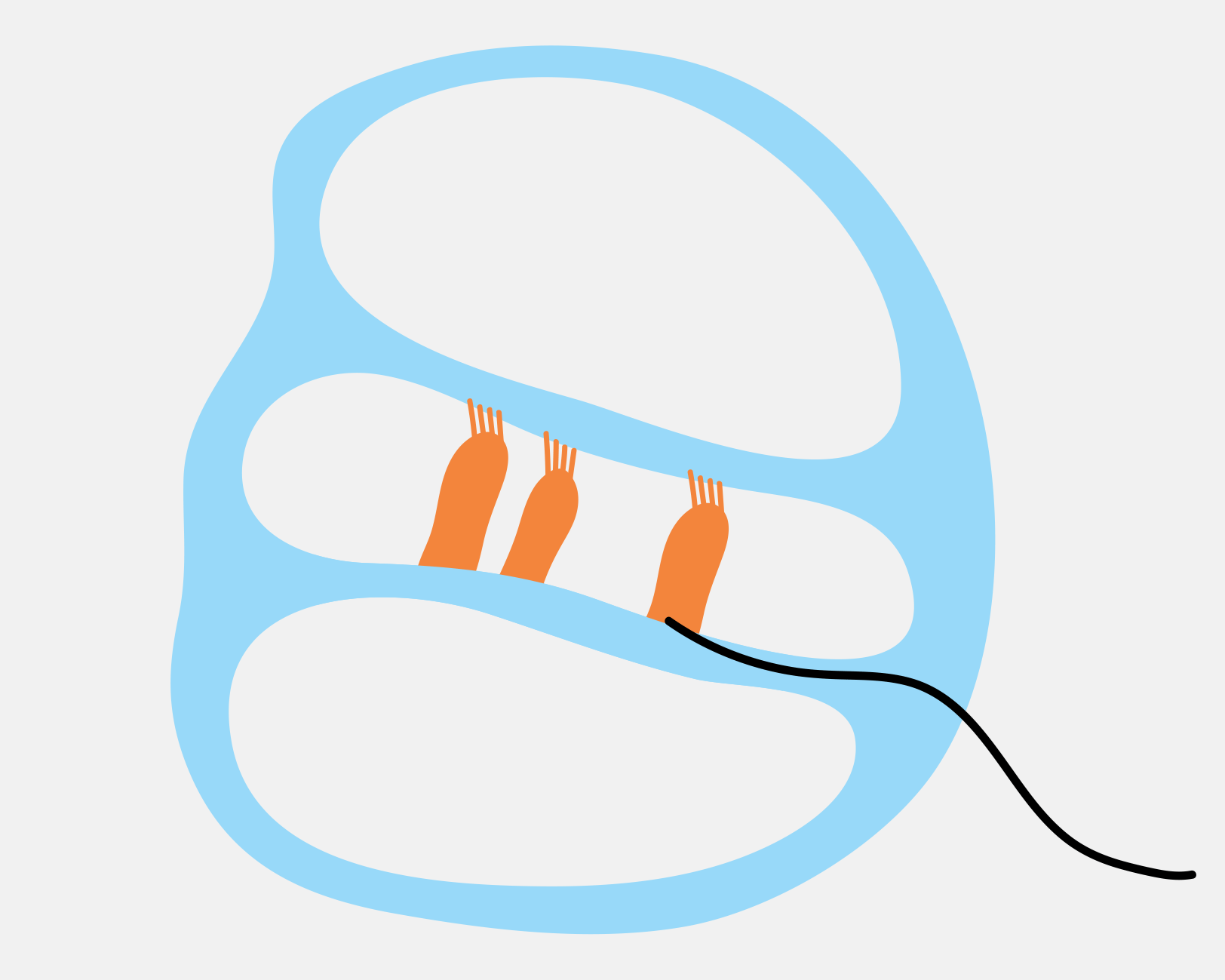Illustrating the Fundamentals of Neuroscience
aeffen | Cambridge, MA | Oct 14, 2019 | last updated Nov 11, 2019
After the first successful run of the course on the edX platform in 2018-19, I spent the summer reviewing content and feedback to see how we could do better. These are some highlights:
MCB80.1x: The Electrical Properties of the Neuron
One of the biggest issues we had with the first module was that many students felt they were being thrown in the deep end with Lesson 1, because we assumed a high level of familiarity with electricity and electronics concepts. To help these students ease into the course, I wrote and illustrated a new lesson about the basics of voltage. I also assisted a fellow content developer in creating a new problem-solving section to practice manipulating the Nernst equation.
MCB80.3x: The Brain
In addition to working on MCB80.1x, I helped to overhaul the video content of MCB80.3x. I made corrections to lesson text and transcripts and created new graphics and animations in collaboration with Rachel D'Erminio and Siobhan Landry for 14 of the 50 lesson videos. You'll have to view the live course to see the majority of the new content!

To introduce the concept of electrical potential and voltage to students who may not have strong physics backgrounds, we compare electrical potential energy to more familiar forms of potential energy, such as gravitational PE. Featured in MCB80.1x.

A metaphor for understanding membrane capacitance. When filling two balloons with water flowing at a constant rate, a stretchier balloon takes longer to reach its maximum pressure. In the context of the lesson, this is similar to a neuron with a higher capacitance (i.e. an unmyelinated axon).

A simple visualization of test ions moving in space based on the electric field created by two charges. Featured in MCB80.1x.

A highlighted version of a human cerebral cortex illustration from Gray's Anatomy. Featured in MCB80.3x.

An animated cross section of the cochlea, showing how hair cells move when the basilar membrane vibrates. Featured in MCB80.3x. Original cochlea drawing by Rachel D'Erminio.
